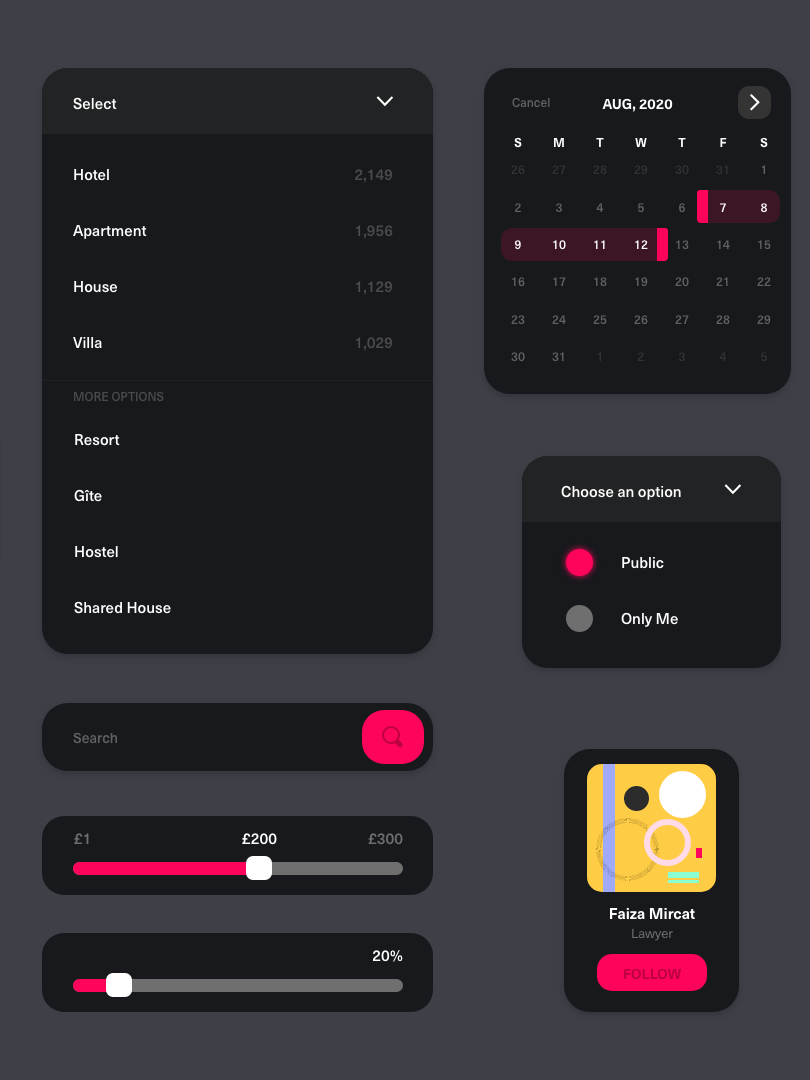Customer Service Platform
A Multi Channel CCaaS Platform
A Multi Channel CCaaS Platform
My role:
Product designer
Product designer
Project description:
This is a contact centre platform to manage conversations between contact centre agents and customers. This platform is to provide a simple solution to move between conversations with no time lost. There is an abundance of user-centred features to promote usability when managing conversations.
Target users:
Contact centre agents, Admin, and Customers.
This is a contact centre platform to manage conversations between contact centre agents and customers. This platform is to provide a simple solution to move between conversations with no time lost. There is an abundance of user-centred features to promote usability when managing conversations.
Target users:
Contact centre agents, Admin, and Customers.
Responsibilities:
Enable end to end communication from contact centre agent, to admin and customer.
Enable end to end communication from contact centre agent, to admin and customer.
Project background
Cirrus Response provides B2B telephony services to companies that use contact centre services. At Cirrus Response, we developed a platform to enable organised conversation between contact centre agents and customers.
Our multi-channel platform was named "SIMBA" containing communication channels such as: telephony, SMS, email, and social media.
SIMBA was designed with the intention to replace an existing workspace described as “flawed” and left employees frustrated with poor experiences due to disorganisation and poor navigation and constant switching between apps to perform tasks.
The problem
Cirrus provided an existing workspace but much of the contact centre agents were complaining that the system was difficult to use for a number of reasons.
During a visit to one of our partners, I discovered that agents were having issues with the placement of the knowledge base feature. This was a small window that had a variety of responses to insert into the conversation. This window was covering the majority of the screen and the conversation.
Agents were switching from the conversation view, to the knowledge base window, losing time and gaining frustration in order to provide a helpful response.
Agents were also measured by their managers to provide helpful communication in a timely format. Being slowed down by a feature that covered their workspace was inhibiting the agents to reach their realistic performance targets.
Time management is especially important in contact centres, as it affects SLA targets, bonuses, and customer satisfaction.
The question
“How can we build a knowledge base feature that allows the contact centre agent to see the conversation and insert responses, so that they can continue their conversations in a timely manner?”
Project goals
- Reduce time it takes for contact centre agents to find canned responses.
- Minimise the disruption to the contact centre agent's workflow.
- Make the knowledge base visible and accessible without obscuring the conversation view.
- Build a knowledge base feature that allows the contact centre agents to submit their own responses.
- Customers receiving the right response in a timely manner.
The design process
User profiles
User stories
User flow
Wireframes: Deciding on the layout options
Side panel flow: Inserting a canned response
Side panel flow: Validation messages
Side panel flow: Suggesting a response
Knowledge base prototype
Testing in-house
We worked with a technology agency based in Scotland that provided front and back end developers and QA testers. We conducted QA tests in-house every week to test the designs.
Using Excel, we monitored the status of the scenarios of tasks that can be performed on the platform.
I attended QA sessions dedicated to completed sprints to provide design direction from a Cirrus point of view.
Design system
Before the creation of SIMBA, there was no design system. I was creating this in conjunction as I built the platform. However, there were existing products with standards built previously by developers. I had to take into account that the telephony service was built without designs and also required a face lift to match the components I made for SIMBA.
I enabled developers to pull the components from the design system (built on Adobe XD) to GitHub, making sure there was visual consistency across the products.
The SIMBA platform was built in an atomic structure, composed of over 300 components.
Integrating SIMBA with Microsoft Teams











Prototype of SIMBA




